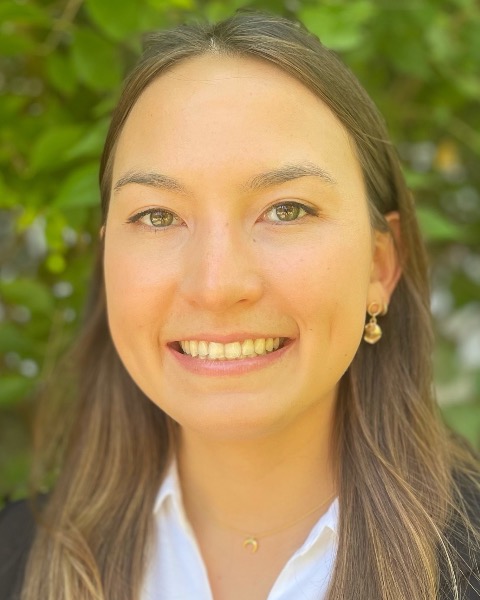Basic Science
Lumbar Plexopathy Versus Spinal Cord Compression: Differences in Anxiety and Ambulatory Behavior in a Mouse Model
Friday, February 21, 2025
7:00 AM - 2:00 AM EST

Seeley Yoo, BS
Medical Student
Duke University School of Medicine
Presenting Author(s)
Disclosure(s):
Seeley Yoo, BS: No financial relationships to disclose
Introduction: ESCC and lumbar plexopathy from spine tumors can cause distressing symptoms such as lower body weakness and pain. ESCC symptoms are thought to be more severe, causing increased ambulatory deficits. However, few studies have directly compared symptom profiles of lumbar plexopathy and ESCC or investigated mechanisms of anxiety and ambulatory deficits caused by either disease. This pilot study induced ESCC and lumbar plexopathy in mice and compared anxiety and ambulation outcomes.
Methods: Lewis Lung Carcinoma cells were injected intra-osseously into the lumbar spines of three mice to model ESCC. Two mice developed ESCC, while one developed lumbar plexus compression only. Anxiety and ambulation were assessed using the open field test at baseline and two weeks post-operatively. Results were compared between mice that developed ESCC and the mouse with lumbar plexopathy.
Results: The mouse with lumbar plexopathy spent less time in the margin of the open field (205.4 s baseline, 220 s post-op) and had reduced stereotypy behavior (12.3 s baseline, 16.7 s post-op) compared to mice with ESCC (mean = 207.9 s baseline, 258.0 s post-op) (stereotypy time mean = 14.55 baseline, 20.3 s post-op), suggesting less anxiety in the mouse with lumbar plexopathy compared to mice with ESCC. The mouse with plexopathy (mean = 32.7 s baseline, 12.6 s post-op) also spent less time ambulating post-operatively compared to mice with ESCC (mean = 32.65 s baseline, 18.8 s post-op). All mice had reductions in ambulatory time from baseline to post-op.
Conclusion : Our results suggest that ESCC may cause more anxiety than plexopathy alone. Mice with ESCC exhibited increased ambulation compared to the mouse with lumbar plexopathy. Both plexopathy and ESCC were associated with reduced ambulation compared to baseline. These preliminary results indicate differences in ambulatory and distress profiles between ESCC and lumbar plexopathy that should be further explored in a larger study.

.jpg)